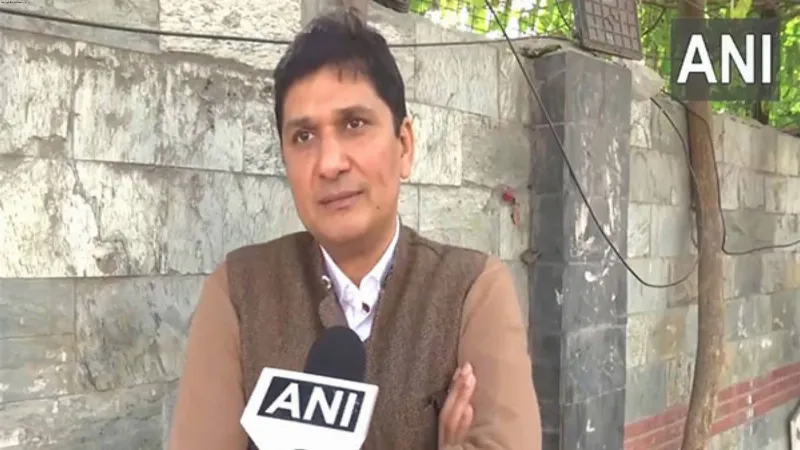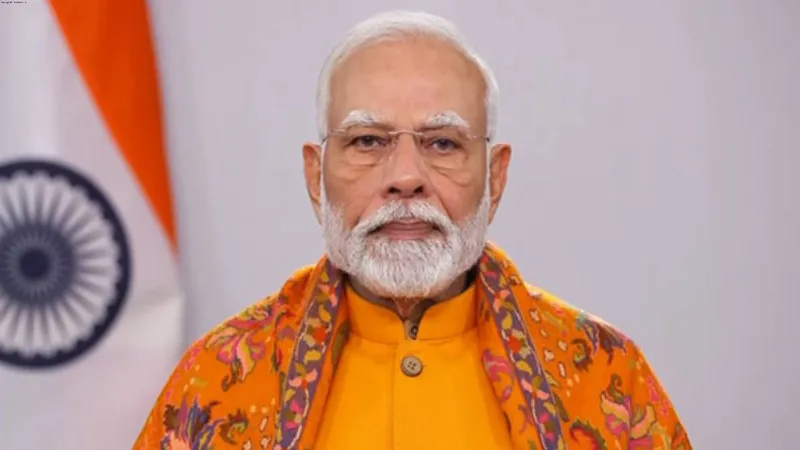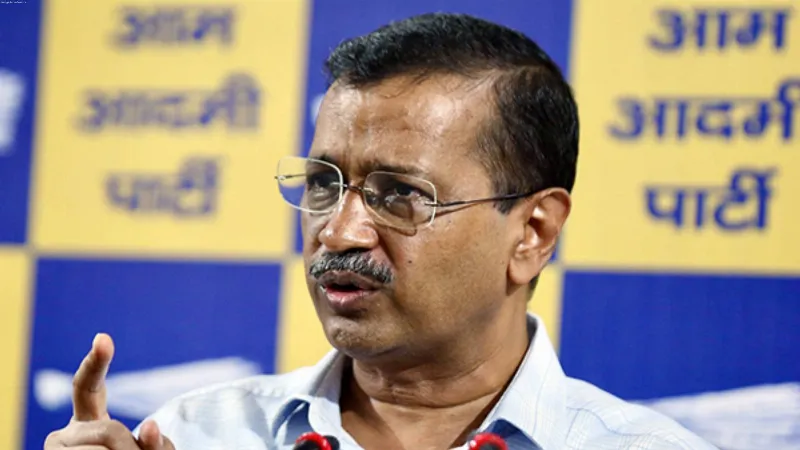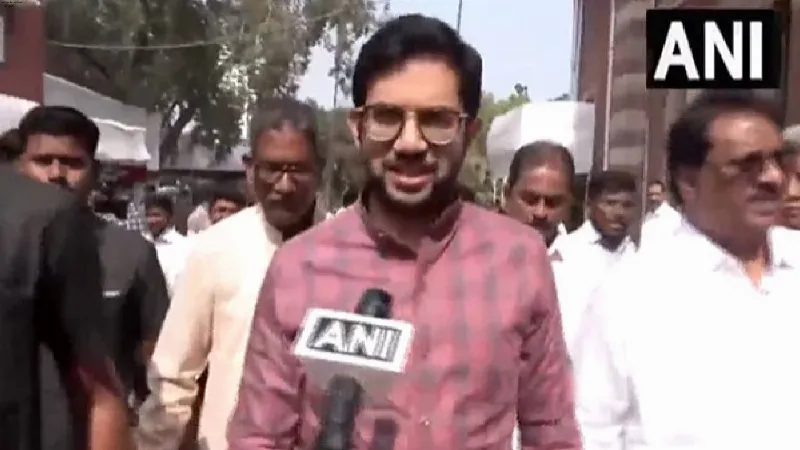Congress' Jairam Ramesh highlights 'three dark clouds' threatening Indian economy's growth

New Delhi: Congress General Secretary Jairam Ramesh on Sunday said that there are "three dark clouds" looming over the Indian economy, which would constrain India's growth potential in the coming years.
Taking a dig at Prime Minister Narendra Modi and the NDA government, Ramesh said that the "bombastic claims" on the economy were the chokepoints that would strangulate India's growth in the coming years.
Ramesh stated that the "unsteady path of private sector investment," the " stagnation of India's manufacturing units," and the "decline of real wages as well as productivity for India's labourers for the last 10 years" were some "mere issues" that had surfaced in the past few weeks showing "highly detrimental economic trends" in the country.
In a statement released on the social media platform X, the Rajya Sabha MP stated that the private-sector investment during 2022-23 had returned to an unsteady path, and there was a 21 per cent decline in new project announcements made by the sector during the financial years (FY) 2023 and 2024.
He said that this shows the lack of uncertainty and investor's trust in the Indian consumer markets generated by the government's "inconsistent policymaking and raid raj."
"After a brief surge in private sector investment during 2022-23 on the back of the COVID-19 recovery, investment has returned to an unsteady path. New project announcements by the private sector fell by 21 per cent between FY23 and FY24. This reflects a lack of investor confidence in India's consumer markets and the uncertain investment climate generated by the government's inconsistent policymaking and Raid Raj," the statement read.
He said that the formal sector of the country, that is, India Inc., has been focusing on stock market valuation rather than revenue growth with a cue from the government, which according to him would affect the medium- to long-term future of India's economy.
"In this context, rather than grow their businesses, companies are using profits to reduce debt burdens. We are witnessing a growing financialisation of the Indian economy, with India Inc.--perhaps taking its cue from the government--focussing on stock market valuations rather than top-line revenue growth. This bodes poorly for the medium- and long-term future of the Indian economy as the growth engine of the economy--private sector investment--continues to languish," he stated.
He said since the launch of the Make in India scheme for the past 10 years, India's manufacturing has been stagnating or is the same in comparison to the growth of GDP in the country.
He stated that the employment share had marginally declined in the manufacturing unit and India's share of global merchandise exports has also stagnated.
He asserted that from 2005 to 2015, under the UPA Government, the growth of India's share in global exports grew much faster.
"Ten years after the government's flagship Make in India scheme was launched, India's manufacturing is stagnating. As the share of GDP, manufacturing is the same as it was ten years ago. As a share of total employment, manufacturing has marginally declined. India's share in global merchandise exports has also largely stagnated, and exports are falling as a share of India's GDP. In fact, growth in India's share of global exports grew much faster in the 2005-15 period, largely corresponding to Dr. Manmohan Singh's tenure as Prime Minister. In labour-intensive sectors like garments, exports have fallen from USD 15 billion in 2013-14 to USD 14.5 billion in 2023-2024," the statement read.
Referring to the latest report by the Annual Survey of Industries (ASI) for 2022-23, Ramesh said that there was a decline in the real wages as well as productivity for Indian labourers in the country and that the GVA, which is a measure of labour productivity, had also slowed down from 6.6 per cent in 2014-15 to 0.6 per cent in 2018-19.
He said that the decrease in labour productivity had impacted real wage growth amid rising inflation in the country, resulting in a weak consumption rate as well as low investment in the market restraining India's growth.
"Annual Survey of Industries (ASI) for 2022-2023 has revealed a decline in real wages and productivity for India's labourers. The growth in GVA per worker (a measure of labour productivity) slowed from 6.6 per cent in 2014-15 to 0.6 per cent by 2018-19. After the COVID era statistical irregularity, worker productivity contracted in FY23 again. This decrease in labour productivity has impacted real wage growth, especially amidst rising inflation. As real wages stagnate, consumption will remain weak, resulting in the low investment that has been a consistent restraint on India's growth," he said.





















